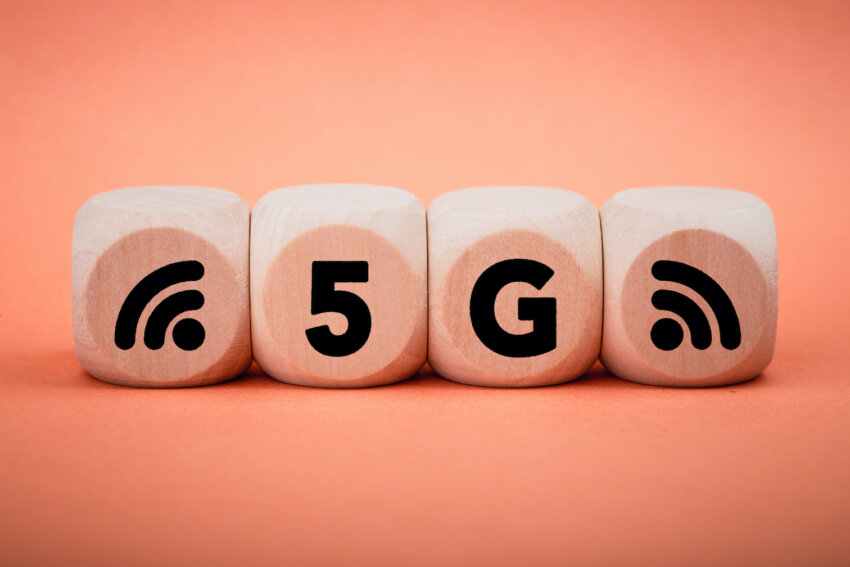For the next several months, the university is working with cellular providers to upgrade the university’s network hardware to support 5G.
The upgrade to 5G is part of the university’s broader initiative to improve wireless connectivity and increase internet access. Student and high-density population areas take priority in the deployment of the upgrade.
“While Wi-Fi and cellular service differ fundamentally, users often experience them similarly with a mix of personal and university-owned devices,” said Michael Schnabel, chief information security officer and assistant vice president of infrastructure and operations. “This initiative ensures that everyone on campus benefits from the latest and best connectivity options, irrespective of their location within our buildings.”
Upgrading to 5G offers significant performance improvements over 4G, such as higher speed, better battery performance for devices and enhanced security.
The campuswide 5G upgrade involves changing the hardware of the distributed antenna systems (DAS), which are the bell-shaped devices found on the ceilings in most of the hallways on campus. Upgrading the DAS systems to support 5G ensures consistent cellular strength and improved performance for users throughout campus by overcoming weak wireless signal traveling through the constraints of construction materials used throughout campus buildings.
Students are encouraged to provide real-time feedback to support the university’s connectivity improvement efforts. Look for a QR code on flyers, banners and small, square stickers posted around campus. Scanning the QR code will take you to a very brief survey where you can report connectivity issues in seconds. This feedback will help the university’s comprehensive effort to improve Wi-Fi connectivity for students and all users on campus.


